YAYA laureate replaced Niall McLaughlin on scaled-back project
The Natural History Museum has been given the go-ahead by Kensington and Chelsea council to transform its gardens under plans drawn up by Feilden Fowles Architects.
The practice, working with J&L Gibbons, replaced Niall McLaughlin on the job after a change of heart – and budget – by the client.
McLaughlin and Kim Wilkie won a competition back in 2014 with proposals that gained planning in 2016.
But the South Kensington museum later retendered the project saying a “considerable amount of time had passed since the original competition and substantial changes have been made to the original concept”.
Feilden Fowles first revealed its proposals for a scaled-back revamp of the Natural History Museum’s grounds in May. Since then they have been revised, with Gitta Gschwendtner joining the design team in place of Pentagram. Purcell is the heritage consultant.
Called the Urban Nature Project, the scheme focuses on increasing biodiversity in the five-acre grounds which surround the museum building, as well as making them more accessible.
The proposal includes gardens that create “immersive educational experiences”, a variety of habitats, a small building with a café and space for garden storage and plant displays plus a new learning and activity centre.
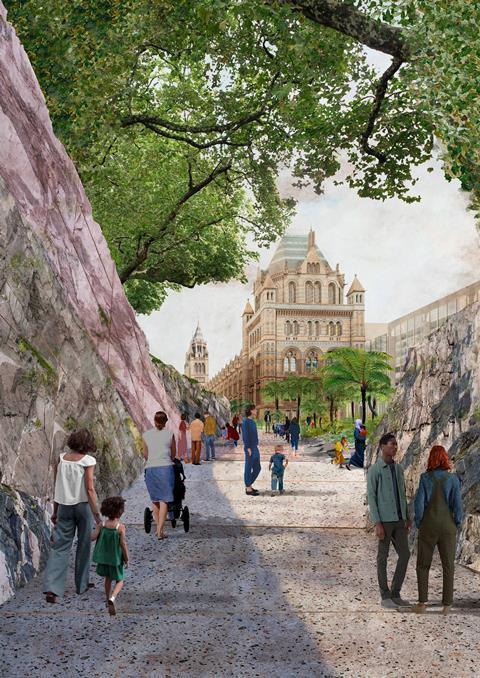
Edmund Fowles, a director of past Young Architect of the Year Award (YAYA) winner Feilden Fowles, said: “Never has the need to re-engage with nature and understand our impact on biodiversity been more urgent.
”Together with the transformation of the museum’s five-acre gardens, two new pavilions embedded within the landscape will provide much-needed facilities to broaden access and promote engagement with the vital messages of the project. The buildings embody our practice’s low-tech design approach, enhancing visitors’ experience while meeting the project’s net zero carbon target.”
>> From the archive: Natural History Museum seeks planning for Niall McLaughlin proposals
>> Also read: Gallery: Feilden Fowles replaces McLaughlin at Natural History Museum
A change of management at the museum was also understood to be behind the decision to appoint a new architect, with a spokeswoman saying in May: “It was also crucial that any plans reflect the museum’s ambitious new strategy, a key element of which is to ensure the best care and conservation for the existing habitats across the gardens”.
But the spokeswoman said elements of McLaughlin’s design were being retained, “specifically the work on the main entrance to provide step-free access in a way that is sympathetic to our grade I-listed building”.









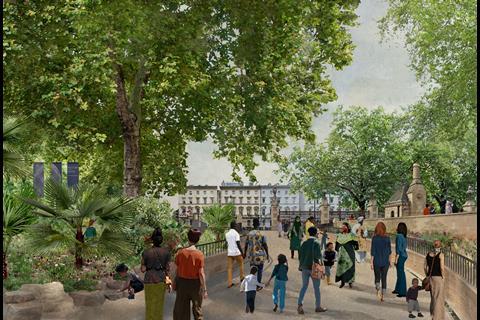
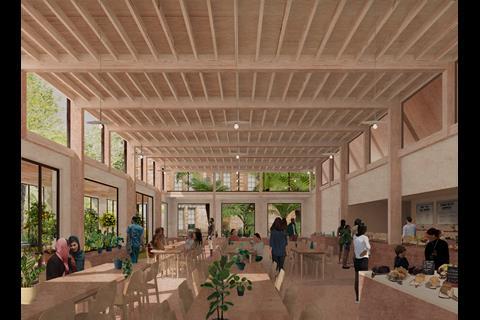
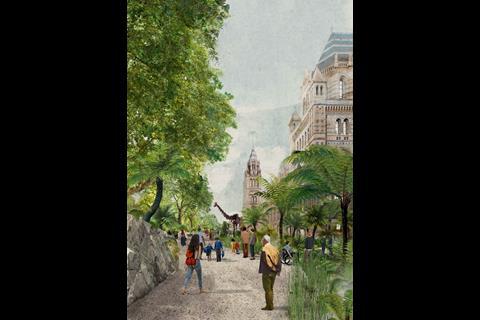

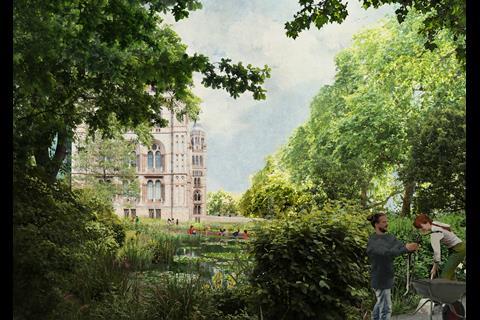



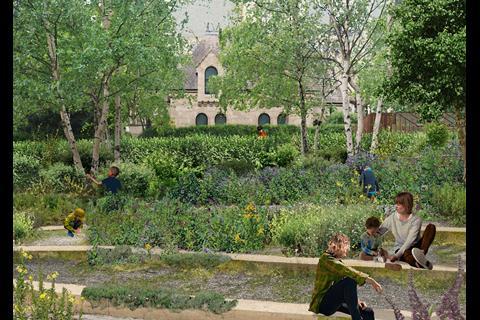
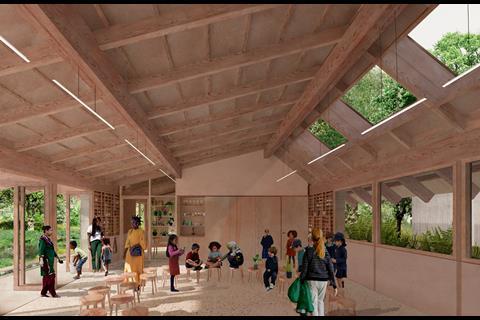
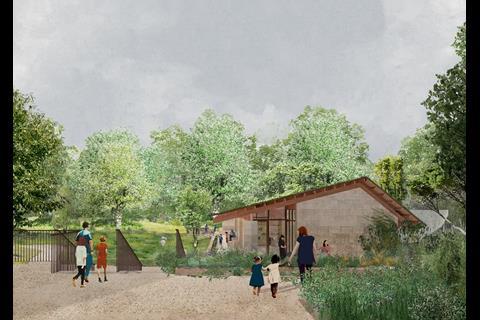
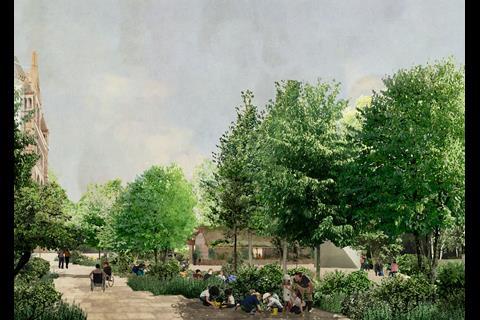
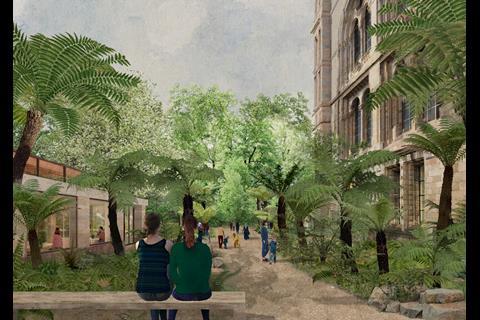
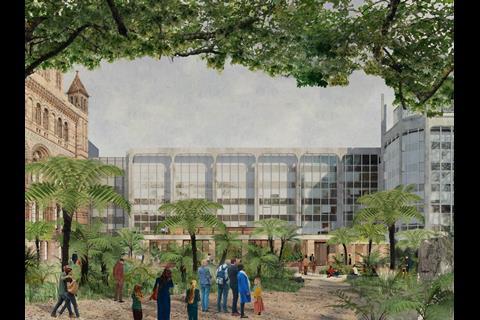
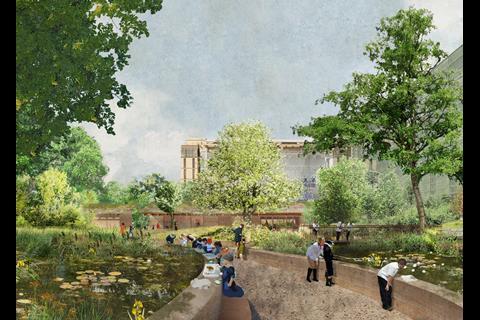
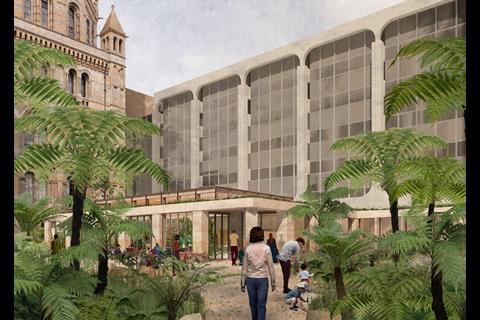
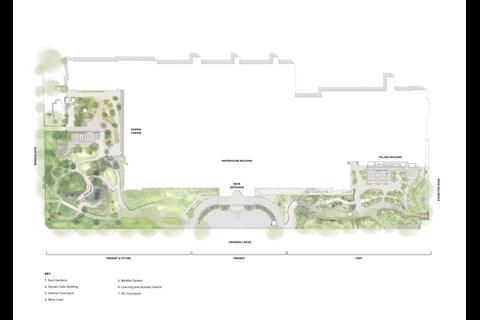







No comments yet